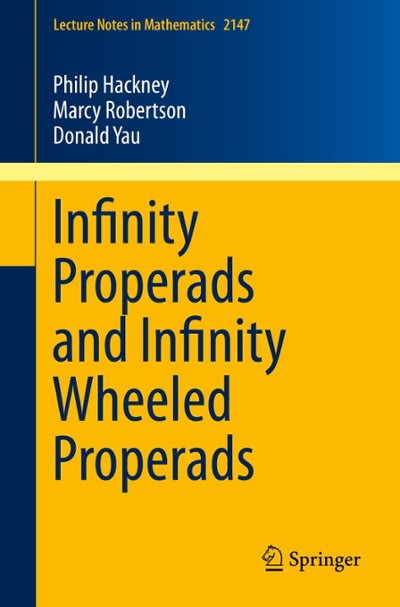Answered step by step
Verified Expert Solution
Question
1 Approved Answer
Student 11:56 AM Tue Aug 16 . . . 1 60% webassign.net a 10. [-/2 Points] DETAILS MY NOTES PRACTICE ANOTHER Use the Laplace transform


Step by Step Solution
There are 3 Steps involved in it
Step: 1

Get Instant Access to Expert-Tailored Solutions
See step-by-step solutions with expert insights and AI powered tools for academic success
Step: 2

Step: 3

Ace Your Homework with AI
Get the answers you need in no time with our AI-driven, step-by-step assistance
Get Started


